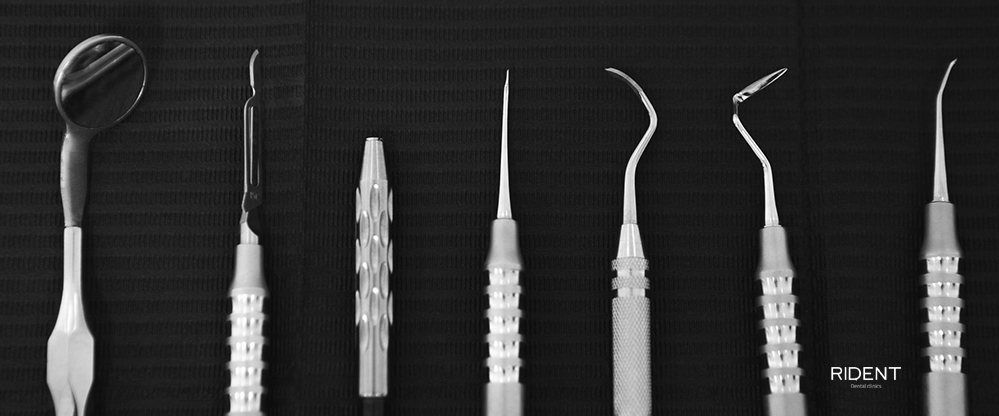02.11.2020
Dental implants are used in dentistry to replace one or more teeth. These are screws made mostly of titanium alloy that are installed in the patient’s bone. Titanium alloys are considered the best material for making implants because of their biocompatibility, corrosion resistance and ability to bone integrate (adhesion to bone).
The implants have threads on them that make up its macrostructure and they are a bit rough which makes up their microstructure. The rough surface and the threads improve the connection between the bone and the implant. Immediately after the implant placement, mechanical or primary stability occurs, which is due to the implant threads. After 2 weeks, the mechanical stability weakens, and biological or secondary stability occurs, which is due to the rough surface of the implant. There is an osteointegration of bone and titanium oxides that are on the surface of the implant, ie it can be said that the bone “grows” into the implant. Osteointegration of implants takes between 3 and 6 months, depending on the jaw, bone quality and type of procedure.
After the implant is loaded, ie after crowns, bridges or prostheses are placed on the implants, the final tertiary stability of the implant occurs. Implant check-ups are recommended once a year, or more often if the patient notices any symptoms.
The amount of bone and the health of the gingiva are important for the successful implant placement. Implants can be placed immediately after tooth extraction (immediate placement) or 3-4 months after tooth extraction and healing (delayed implantation).
If there is not enough bone before the implant placement or during the procedure, it is necessary to perform the bone augmentation. For the bone augmentation we most often use artificial bone or the patient’s bone. More info in MD & DMD Pohl’s blog https://rident.hr/en/green-dental-medicine/
The health and quantity of the gingiva is an important factor for the longevity of the implants themselves, and care must be taken to maintain oral hygiene before and after the procedure. More information in DMD Pašić Carrera’s blog on oral hygiene: https://rident.hr/en/oral-hygiene-of-prosthetic-works-on-implants/
If the amount of gingiva around the implant is not adequate, it is necessary to perform soft tissue surgery, such as the expansion of the keratinized gingiva.
All these procedures do not last longer than 2 hours, and are performed under local anesthesia and are painless for the patient.
